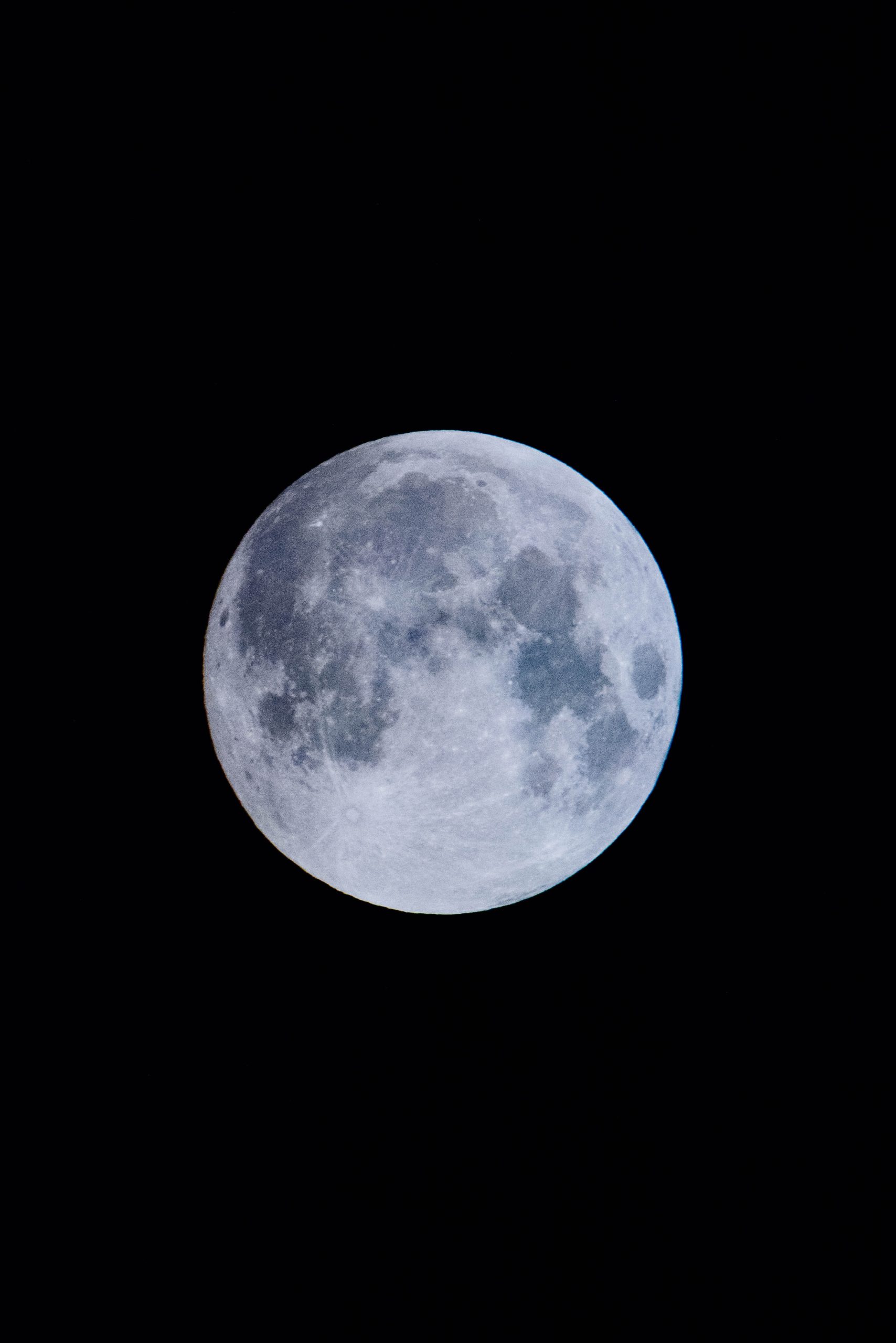Vedic Natal Chart Compatibility: Exploring the Depths of Astrological Connections
When it comes to matters of the heart, humans have sought long and hard for ways to determine compatibility. In astrology, one prominent method of understanding the dynamics between individuals is through natal chart compatibility. Vedic astrology, an ancient Indian system, offers unique perspectives and insights into relationships using the Vedic natal chart. Let’s delve into the intricacies of Vedic natal chart compatibility and discover how it can shed light on our interpersonal connections.
Understanding Vedic Natal Charts
Before we dive into compatibility, let’s first explore what a Vedic natal chart entails. Vedic astrology uses a different zodiac system, called the sidereal zodiac, which accounts for the gradual shift in the position of celestial bodies. The natal chart, also known as the birth chart or horoscope, serves as a snapshot of the sky at the moment of an individual’s birth.
The Vedic natal chart comprises twelve houses, each representing various facets of an individual’s life, such as personality, career, relationships, and more. Planets, signs, and planetary aspects within these houses play crucial roles in shaping one’s life experiences, including relationships. The interplay of these cosmic energies is at the heart of compatibility analysis.
Elements of Vedic Natal Chart Compatibility
Vedic natal chart compatibility analyzes several key elements to assess the harmony and compatibility between two individuals. This includes planetary placements, aspects, and the Moon sign.
1. Planetary Placements
In Vedic astrology, each planet influences specific aspects of human life. The positions of the planets in the natal chart reveal important information about an individual’s personality traits, desires, and overall energy. Compatibility consideration involves comparing the planetary positions of two charts to identify areas of alignment or potential conflicts.
For instance, if one person’s Jupiter is in the same sign as the other person’s Moon, it indicates a sense of emotional support and understanding between them. On the other hand, conflicting placements, such as Mars opposing Venus, may signify areas of tension and mismatched energies.
2. Planetary Aspects
Planetary aspects refer to the geometric angles formed between planets in the natal chart. These aspects can be harmonious or tense and provide valuable insights into how individuals interact with each other. Compatibility analysis takes into account the aspects between specific planets of one person’s chart and those of the other person’s chart.
If, for example, one person’s Sun forms a trine aspect (120-degree angle) with the other person’s Moon, it suggests a natural sense of emotional understanding and compatibility. Conversely, challenging aspects, such as the square aspect (90-degree angle) between Mars and Saturn, may indicate conflicting tendencies or areas for growth and compromise within a relationship.
3. Moon Sign Compatibility
The Moon sign represents an individual’s emotions, instincts, and subconscious habits. In Vedic astrology, compatibility between Moon signs holds significant importance, as it reflects the emotional connection between two people.
For instance, if both individuals have Moon signs in compatible elements (such as both having fire signs), it suggests an inherent understanding of each other’s emotional needs and desires. However, conflicting Moon signs (e.g., one person with a water sign and the other with an air sign) may require conscious effort and communication to bridge the emotional gap.
Calculating Vedic Natal Chart Compatibility
Now that we have a grasp of the elements involved, let’s explore how Vedic astrologers calculate and analyze natal chart compatibility.
There are several traditional methods applied in Vedic astrology to evaluate chart compatibility, including the Ashtakoot system (also referred to as Guna Milan) and the Navamsa chart. The Ashtakoot system assigns points to various factors, such as the Moon sign, ascendant (rising sign), and position of Mars, Jupiter, Venus, and other planets. The total score obtained determines the compatibility level, with higher scores indicating a greater likelihood of harmonious connections.
The Navamsa chart, derived from the natal chart, is also utilized to gain deeper insights into relationships. It focuses specifically on the marital potential and reveals hidden aspects of compatibility that may not be obvious from the natal chart alone. The analysis of the Navamsa chart provides a more nuanced understanding of the dynamics between two individuals.
The Role of Free Will and Personal Growth
While Vedic natal chart compatibility offers valuable insights into relationships, it is crucial to remember that astrology does not dictate our lives or choices. We have free will and the ability to shape our relationships through conscious efforts and personal growth.
Compatibility analysis can act as a guide, highlighting areas of similarities and potential challenges. With this knowledge, individuals can navigate relationships more consciously, understanding each other’s tendencies and working on areas that require attention. Ultimately, it is our actions and willingness to grow that shape the dynamics of our relationships, regardless of any astrological indications.
Conclusion
Vedic natal chart compatibility opens a door to understanding the intricate connections between individuals. By analyzing planetary placements, aspects, and Moon sign compatibility, astrologers can shed light on the energetic dynamics in relationships. While astrology provides insightful guidance, it is essential to remember that personal effort, communication, and growth are fundamental to fostering healthy and harmonious connections.
As we travel through life’s journey, let us embrace astrology as a tool for self-awareness and understanding, appreciating the cosmic dance that unfolds in our relationships.
Table of Contents
